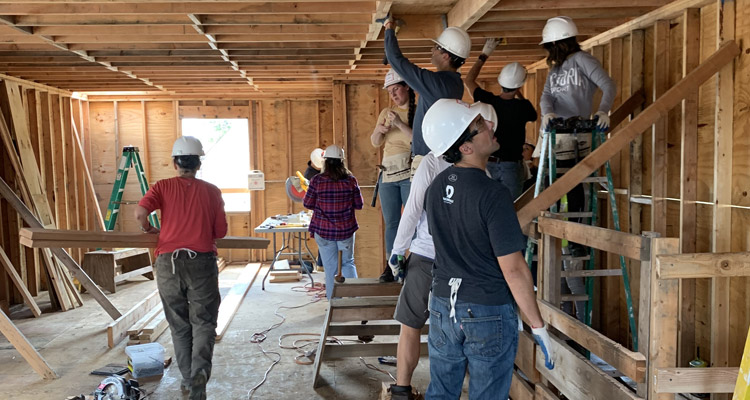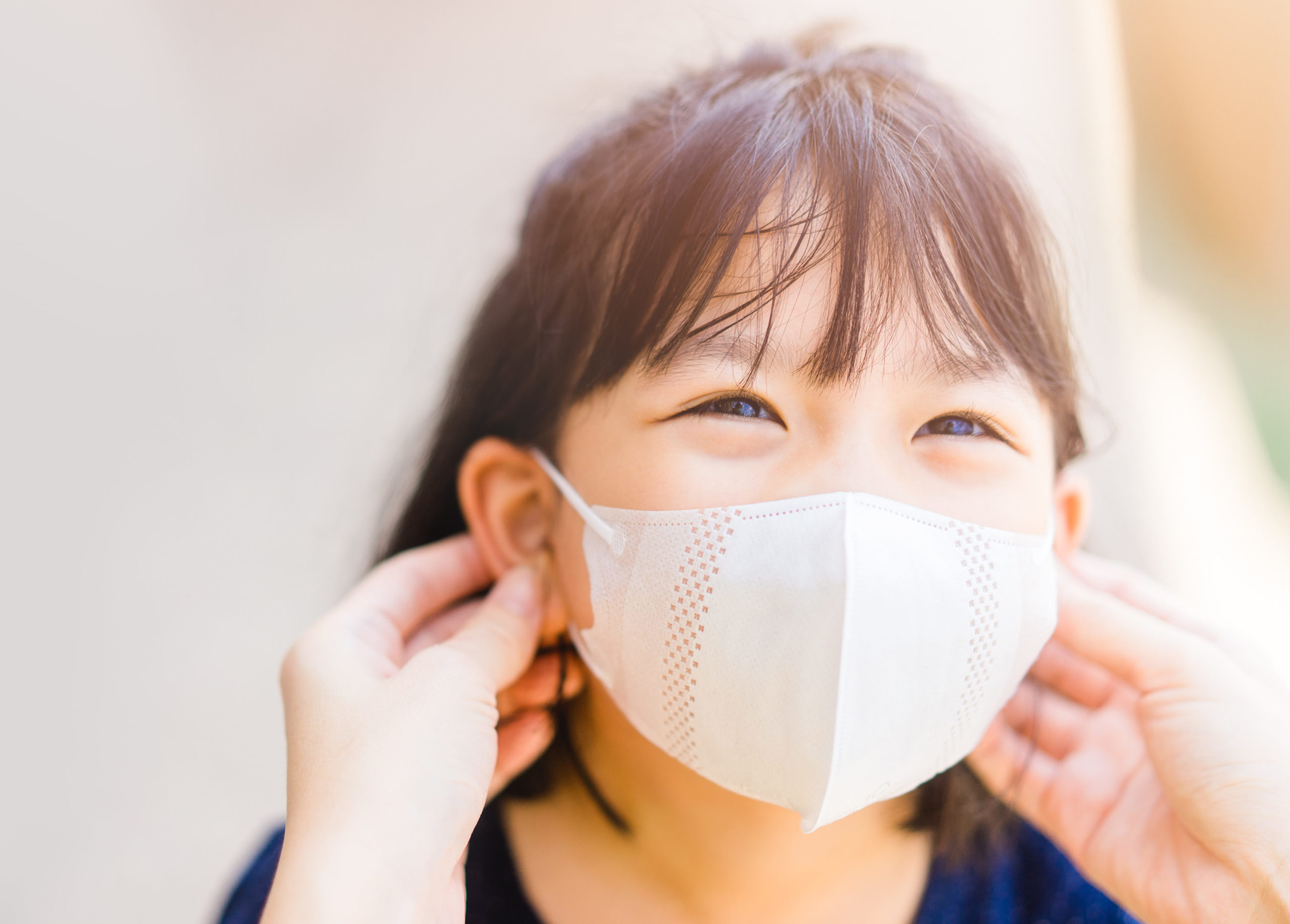Peyronie’s disease (PD) is a connectivetissue disorder which can result in penile deformity. The prevalence ofdiagnosed PD in the United States (US) has been estimated to be 0.5% in adultmales, but there is limited additional information comparing definitive andprobable PD cases. We conducted a population-based survey to assess PD prevalenceusing a convenience-sample of adult men participating in the ResearchNowgeneral population panel. Respondents were categorized according to PD status(definitive, probable, no PD) and segmented by US geographic region, education,and income levels. Of the 7,711 respondents, 57 (0.7%) had definitive PD while850 (11.0%) had probable PD. Using univariate logistic regression modeling,older age (18–24 vs 24+) (OR = 0.721; 95% CI = 0.570,0.913),Midwest/Northeast/West geographic region (South vs Midwest/Northeast/West) (OR= 0.747; 95% CI = 0.646,0.864), and higher income level (<25K vs 25K+) (OR =0.820; 95% CI = 0.673,0.997) were each significantly associated with reducedodds of having a definitive/probable PD diagnosis compared with no PD diagnosis.When all three variables were entered in a stepwise multivariable logisticregression, only age (OR = 0.642; 95% CI = 0.497, 0.828) and region (OR =0.752; 95% CI = 0.647, 0.872) remained significant. This study is the first toreport PD prevalence by geographic region and income, and it advocates that theprevalence of PD in the US may be higher than previously cited. Further, giventhe large discrepancy between definitive PD cases diagnosed by a physician andprobable cases not diagnosed by a physician, much more needs to be done toraise awareness of this disease.


Launched in 1994, Deerfield Management Company is an investment firm dedicated to advancing healthcare through information, investment, and philanthropy—all toward the end goal of cures for disease, improved quality of life, and reduced cost of care.
Read More
Investment
Supporting companies across the healthcare ecosystem with flexible funding models…
Read More
Portfolio Companies
Deerfield generally maintains a combined portfolio of more than 150 private and public investments across the life science, medical device, diagnostic, digital health and health service industries at all stages of evolution from start-up to mature company.
Read More View Portfolio Companies
Research Collaborations
Deerfield partners with leading academic research centers, providing critical funding and expertise to further sustain and accelerate the commercialization of discoveries toward meaningful societal impact by advancing cures for disease.
Read More View Research Collaborations
Strategic Partners
As a strategic partner, Deerfield offers capital, scientific expertise, business operating support, and unique access to innovation.
Read More
Deerfield Foundation
The Deerfield Foundation is a New York City-based not-for-profit organization whose mission is to improve health, accelerate innovation and promote human equity.
Read More Meet the Foundation TeamFoundation Partners by Focus
Children's Health Diversity Initiatives Maternal Health View AllFounded Diversity Programs
Break into the Boardroom Fellowships Science to the Street (formerly Women in Science)
Cure Campus
Cure is a 12-story innovation campus in New York City that intends to bring together innovators from academia, government, industry, and the not-for-profit sectors to advance human health and accelerate the fight against disease.
Read More Join the Cure Email ListCure Programming
Cure has a series of expert lectures intended to advance thought in healthcare, management, innovation, policy, and other relevant subjects. This fosters growth and education for those at Cure and its guests.
Events at the Cure

